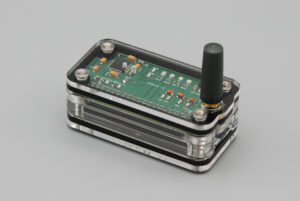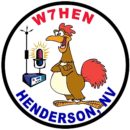
Tek Net
January 22, 2023
“Operating your Allstar nodes on the correct frequency”
Something that I have noticed to happen to amateur radio in the last couple of years, is the emergence of more and more “Nodes” being used for Allstar allowing the operators to be able to have a clean and quieting signal into the HARC repeater network by connecting to the club’s hub #44045.
The ever popular CLEARNODE is being found in many operators shack these days. They are feature rich and somewhat easy to configure.
The radio component is the NiceRF SA-818 walkie-talkie radio module and has a SMA antenna.
The SA-818 has a 1 watt or 200-250mw transmitter.
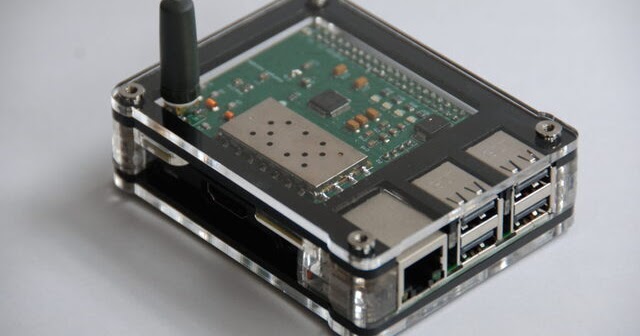
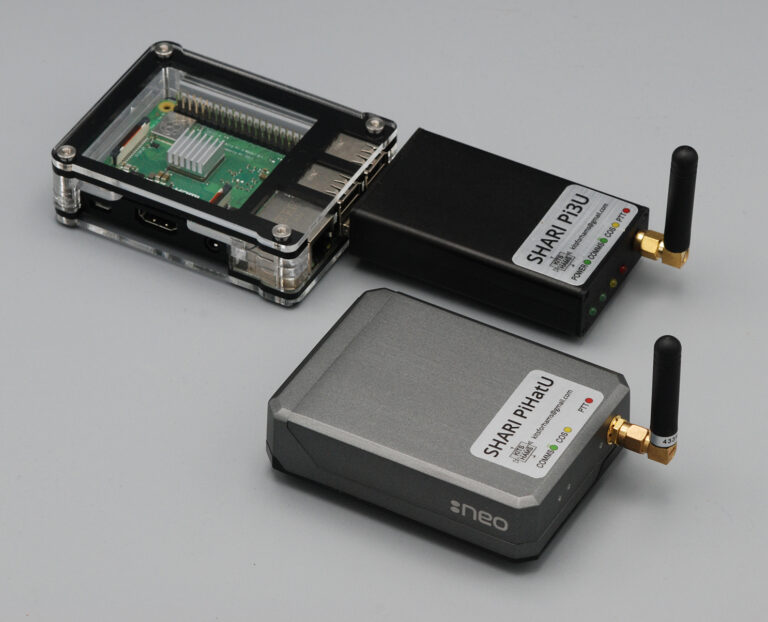
Here is the Shari node.
You can see that it too has an SMA antenna connector allowing an antenna to be attached to the SA-818 radio module.
This device has many features that make it an attractive addition to your shack.
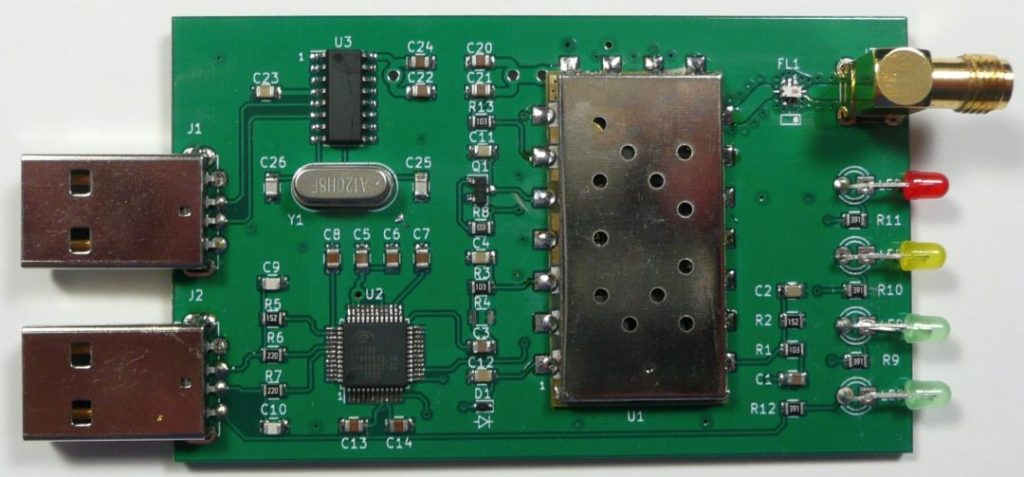
The introduction of a “node” allowed hams that are having issues with an HOA about antennas, a viable way to use the HARC repeater network and sound better than a radio RF signal at times, all without the antenna issues.
Just like all things in existance, there are good things about it and bad things also.
We all know about the good things that nodes can do, but this Tek Net is about the bad things that can and do occur by using a node.
Especially if you are not using the node in the manner it was originally intended.
It’s important to understand the importance of using the correct frequencies that have been assigned to the use for nodes so as not to create interference to other radio services.
The following frequencies have been determined for use by nodes or hotspots by the Southern Nevada Repeater Council, which is our local Frequency Coordination committee.
NOTE – HOTSPOT is normally for the use of a radio device with a signal range typically 100 feet or less.
The SA-818 originally was built into Hotspots with the power setting at low-power 200mw and a 50 ohm dummy load which met the criteria of 100-200 feet.This kept the signal in your operating area.
By adding an external antenna, you are now exceeding the immediate area and possibly interfering with others.
This occurred in Henderson 4 years ago on the H2 repeater, with a node that could be heard at Boulder Highway east of Boulder highway for 2 miles and North to the Auto show mall on the freeway.
This was a node running 200mw with a 4″ antenna on the node inside the house ( not on an outside antenna) down past the boat shop on Lake Meade.
Hotspot use only in the Las Vegas/ Southern Nevada area:
Rx 431.0200 – Tx 431.0200
Rx 431.0400 – Tx 431.0400
Rx 431.0600 – Tx 431.0600
Rx 431.0800 – Tx 431.0800
Rx 431.1000 – Tx 431.1000
Rx 433.5000 – Tx 433.5000
If you are operating your node on on a frequency other than these listed for Hot spot use only, than you are encouraged to change frequency so as to not contribute to interfering with other radios but to also to be protected from higher powered repeater or in the case of Simplex operators from hearing you and you hearing them.
SPECIAL NOTE:There are some nodes that come from the factory on a test frequency that is in the 433Mhz Weak Signal portion of the band plan.
If you are operating your node “How it came” to you, please change your node frequencies to a Hotspot frequency.
The local ATV repeater located on Mt Potosi is currently being interfered with by someone’s Allstar node that is connected to the club’s hub #44045 and is transmitting on 438.500, this is the audio FM subcarrier of a video TV signal.
The problem is that the FM receiver on the repeater is seeing a direct signal on 438.500 with all the traffic on our repeater network.
If your node is operating on this frequency please change it or contact me and i will be happy to asist you in moving the node frequency to a Hotspot frequency.
At this time, there are no coordinated Hotspot frequencies in the two-meter band.
Hotspot frequencies for the Southern California area hotspots/nodes:
Tx 431.1125 Rx 431.1125
Tx 431.1250 Rx 431.1250
Tx 431.1375 Rx 431.1375
Tx 431.1500 Rx 431.1500
Tx 431.1625 Rx 431.1625
Tx 431.1750 Rx 431.1750
Tx 431.1875 Rx 431.1875
If you want to get the feeling of operating your own Allstar repeater from your QTH, you still need to apply for a coordinated frequency pair.
Don’t just use test or special event frequencies unless approved by the coordinating committee.
TEST PAIRS ARE:
TX 446.0250 – Rx 441.0250 for Analog repeaters
Tx 446.0375 – Rx 441.0375 for Digital repeaters
Tx 446.050 – Rx 441.050 for Analog repeater
PORTABLE AND SPECIAL EVENT REPEATERS
Tx 446.250 – Rx 441.250
Tx 446.300 – 441.300
So a RECAP…
Operate on the assigned HOTSPOT frequencies only,
No external antenna,
Use a Dummy load on your Hotspot,
Set the RF power level to low – 200-250mw,
By following the recognized band plan, Hotspots or Nodes can operate on the same frequencies on in your neighborhood without hearing or interfereing with each other, everyone can get the most fun and efficiency out of there devices and not interfere with anyone else’s ham radio fun.
A last minute note for W3QQQ….Go here Dave, https://community.allstarlink.org/t/allstar-node-46841-on-a-rpi-zero-w/13590, It looks like we will be able to get it over to Allstar with little problems.
Dave does your Pi-zero look like this unit?
